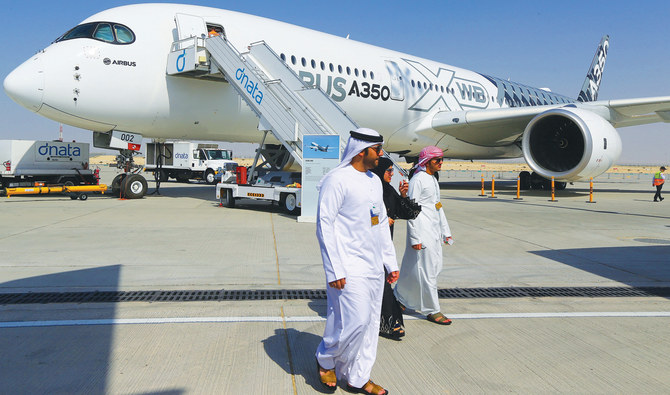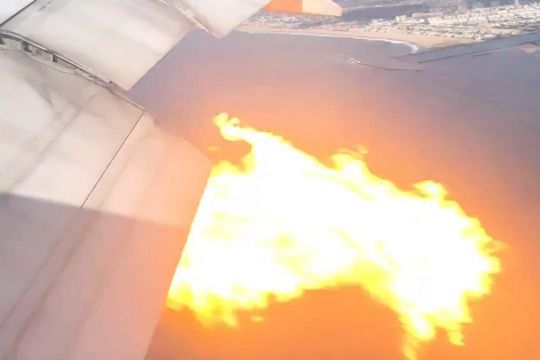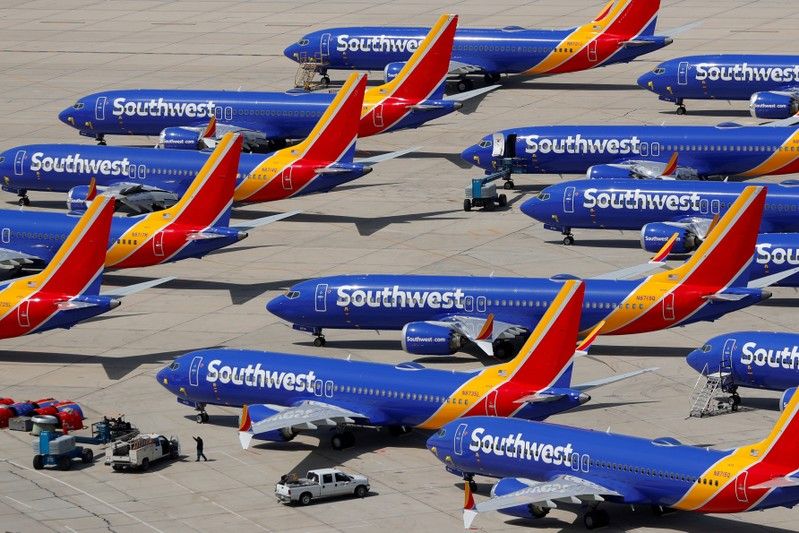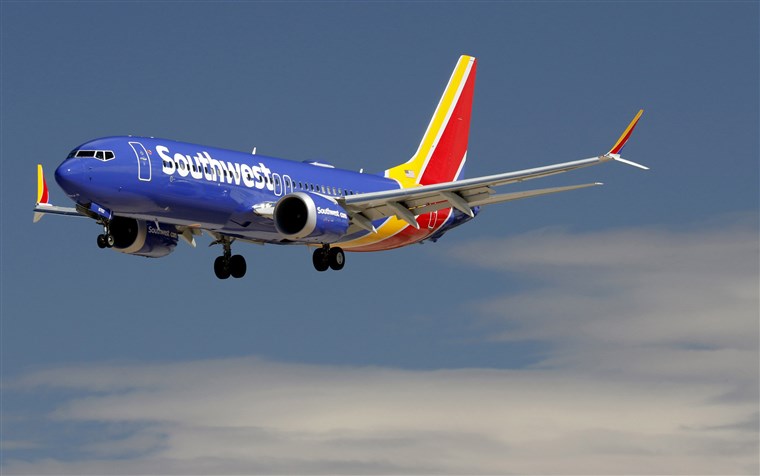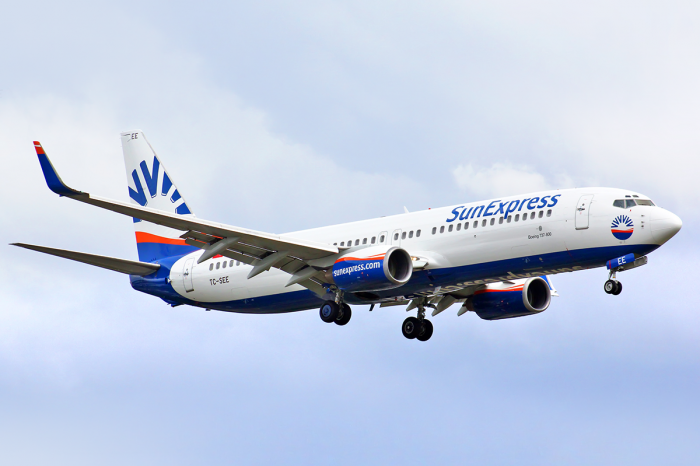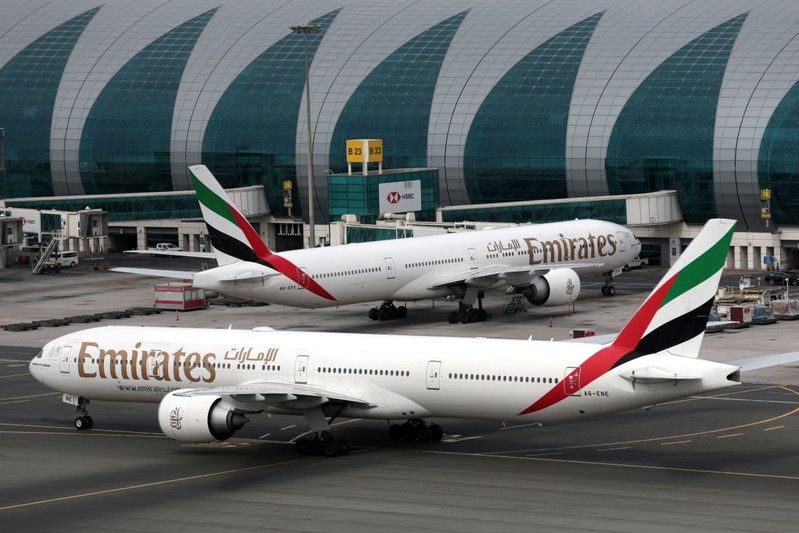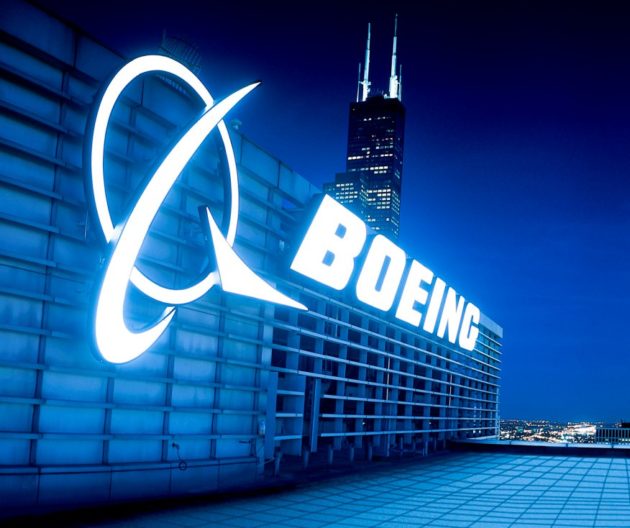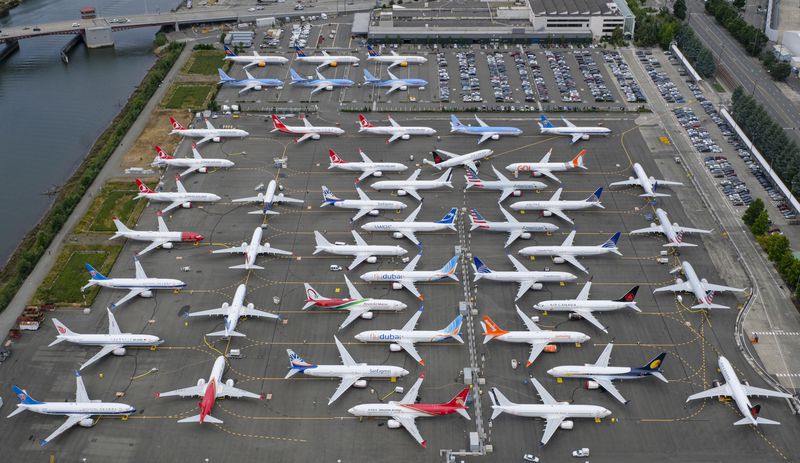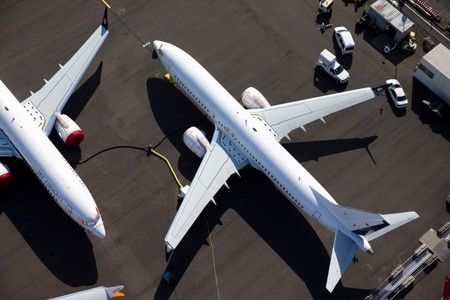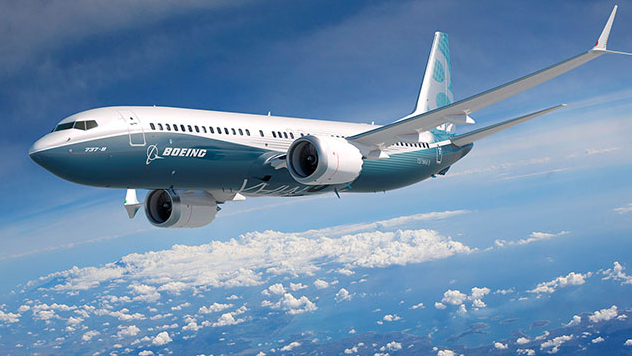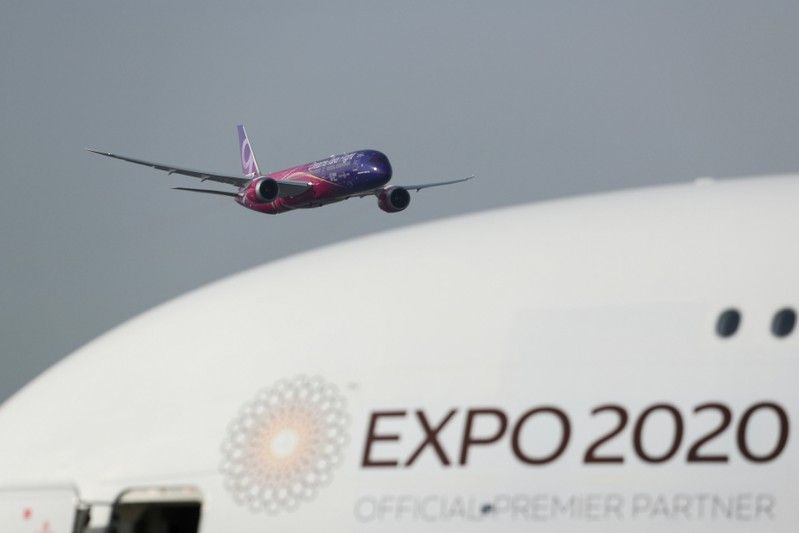
DUBAI (Reuters) – After insisting for 15 years that the superjumbo is the future, Emirates airline has been forced by the demise of the A380 to embrace smaller wide-body jets, resulting in a flurry of maneuvers between planemakers at this week’s Dubai Airshow.
The 555-seat A380 is near the end of production, setting off a series of interlocking deals as top buyer Emirates reviews its fleet against the backdrop of fragmenting travel demand. Delays in the 406-seat Boeing 777X also weighed in the shake-up.
“We have to face the reality of the cancellation of the (A380) program and the effect it has on our network, which is why we conducted a root and branch (review),” Emirates President Tim Clark told reporters at the airshow.
The double-decker A380 superjumbo and the big twin-engined Boeing 777, plus mid-sized 787s and A350s, were all spread out in front of VIP chalets – the queens, bishops and knights in a game of industry chess being played out across the globe.
Big jets tend to be profitable especially when full.
Periodically, the industry designs smaller planes that match both the range and efficiency of larger ones, allowing smaller pieces on the industry chess board to topple larger ones.
While reducing its remaining orders for A380s, Emirates placed an expanded order at the show for 50 Airbus A350s but shelved earlier plans to order the 330-seat A330neo, an upgrade of an earlier model.
It substituted part of an order for delayed 777X jets for 30 Boeing 787-9 Dreamliners – 10 fewer than originally planned in a tentative 2017 order – as part of a $25 billion order shake-up.
For passengers, the roughly 300-seat, lightweight mid-sized jets offer more choice and frequencies.
Many airlines say they can fly almost as profitably as the larger models but with less risk to the bottom line.
The downside? Planes fill more quickly and passengers can flee to other carriers. Airport congestion is also a concern.
Emirates insists the superhub model it pioneered – which takes advantage of Dubai’s location to capture global traffic using large aircraft – remains intact despite the new twist.
But the smaller planes allow some of its rivals to fly profitably with fewer commercial risks and this week’s deals imply Emirates no longer feels immune from such pressure.
“Given the changed environment, Emirates has been forced to adapt the tactics of some of the carriers they have been competing with,” said analyst Richard Aboulafia of Teal Group.
STALEMATE
The shift sparked frantic talks by planemakers to ensure their models were included in the new mix of Emirates’ mid-sized jets. Each suffered losses but the result was broadly a stalemate, analysts said.
Airbus suffered a setback with the loss of the A330neo at Emirates and may have to cut output, they said.
But it ensured its own A350 picked up the slack and won a ticket to any future contests to replace A380s still in service.
Boeing <BA.N> cemented a key win for the 787 after two years of uncertainty over the earlier provisional deal. But recent 777X delays opened the door to Emirates readjusting the blend in favor of the Airbus A350, at the expense of the 787.
Emirates’ decision to expand its A350 order coincided with cancellations for the same jet at Abu Dhabi’s struggling Etihad, prompting speculation of a politically balanced adjustment.
Airline officials strongly denied any link and Clark said planners had identified more room for future growth in revenues with the A350 than the A330neo, which would nonetheless remain “in the mix” for the future alongside more 777X purchases.
Analysts said the net result of reducing A380 and 777X orders and switching to smaller models was about 18,000 fewer seats on order than previously planned before the show,
which some analysts described as a response to overcapacity.
“Manufacturers have sold too many airplanes,” Adam Pilarski, senior vice-president at consultancy AVITAS, said.
While the spotlight fell on the Emirates wide-body order rejig, the Dubai show highlighted Boeing’s efforts to shore up confidence in its grounded 737 MAX with fresh sales and changes sweeping the narrow-body markets. Beefed-up single-aisle jets increasingly cover distances reserved for wide-bodies.
Sharjah’s Air Arabia <AIRA.DU> ordered 120 Airbus including 20 of the long-range 200-240-seat A321XLR. Sources say it may leapfrog northern Africa to fly non-stop as far as Casablanca, a mission currently served from neighboring Dubai by an Emirates A380.
“The single aisles are the pawns of the industry but very effective ones,” Rob Morris, head consultant at UK-based Ascend by Cirium, said.
(By Tim Hepher and Alexander Cornwell; Additional reporting by Ankit Ajmera; Editing by Susan Fenton)
